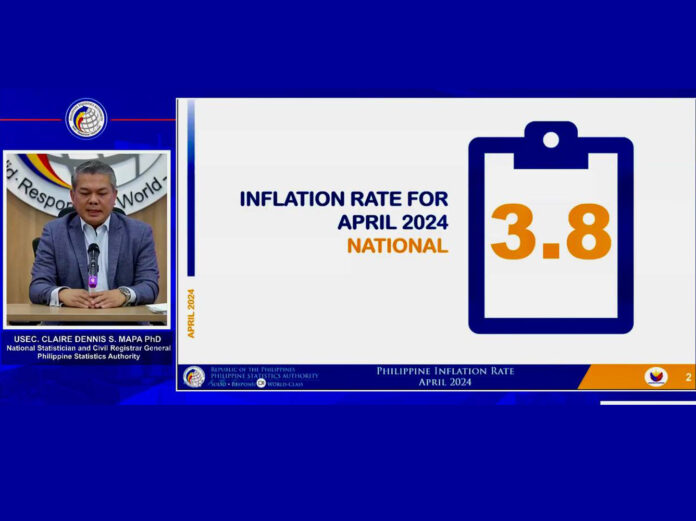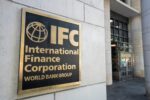Consumer prices continued to pick up pace in April, with the cost of food such as rice, fish and vegetables as well as that of fuel leading the way.
The Philippine Statistics Authority on Tuesday reported an April inflation print of 3.8 percent, a faster clip compared with the 3.7 percent reported in March and brought the average inflation in the first four months of this year to 3.4 percent.
Inflation in April last year was at 6.6 percent.
The Bangko Sentral ng Pilipinas projected April inflation within the 3.5-4.3 percent on continued increases in food and fuel prices. The central bank has set a target range of 2-4 percent for average inflation this year.
Core inflation in April slowed to 3.2 percent from March’s 3.4 percent and 7.9 percent in April last year. Core inflation excludes volatile prices of certain energy and food items.
Rice, which takes a large space in consumers’ basket, saw inflation of 16.4 percent in April. For the poorest Filipinos, rice accounts for nearly a fifth of their monthly expenditure.
For the bottom 30 percent of income households, higher food prices was the main driver of inflation at rose to 5.2 percent in April from 4.6 percent in March and brought average inflation to 4.4 percent for the January-April period.
“Rice inflation eased slightly in April… what we saw is a decline in world prices of rice in February and March after peaking in January and this could have had an impact on rice prices,” Economic Planning Undersecretary and National Statistician Claire Dennis Mapa told a news conference to release April inflation data.
The BSP has flagged a possible reduction in its overnight rates later this year, but the size will depend largely on inflation trend. The central bank had aggressively raised overnight rates by a total 4.5 percentage points to 6.5 percent before pausing in October.







